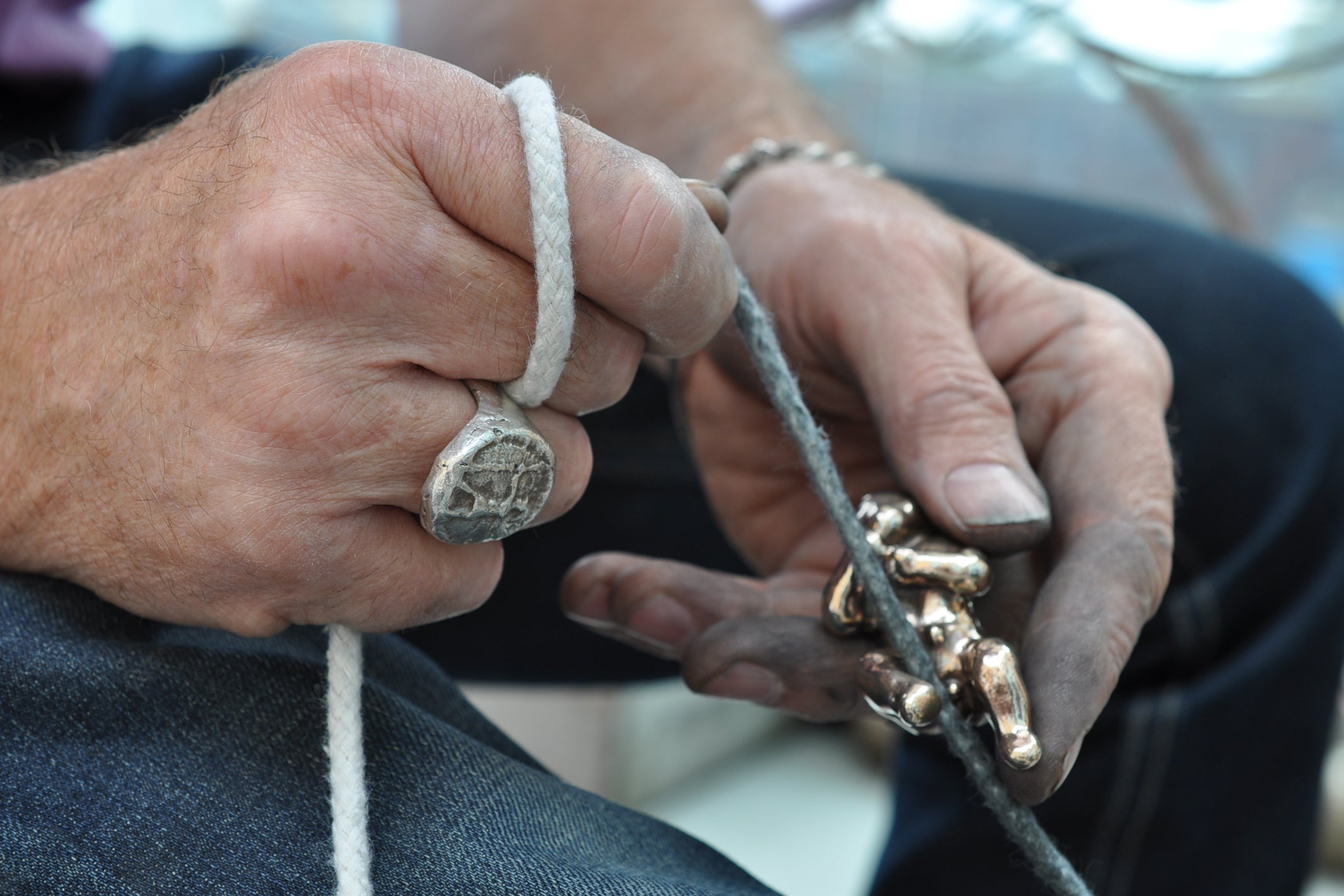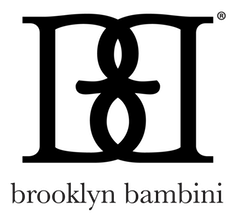
In an epoch saturated with technology, there is a soothing comfort that comes from holding a handmade object. We all feel this truth on some level. I've always worked with my hands although my father, a salesman at Jockey, had other hopes for me. In their early years he had an office in the Empire State Building. I remember being pretty impressed with my father generally, but this aspect was particularly cool. Being the fifth of five children, when it came time to see me down the path of what my future was going to be he was feeling a little short on ideas maybe, is how I could qualify it.
I remember him nudging me in a few directions none of which were art, one of which was sales. He set me up with an interview for an entry position at a trench coat company. It was pouring the morning of the interview. Naturally I did not wear a coat nor take an umbrella. Why would an annoyed 18-year old male, wearing clothes he felt ridiculous in, going to an interview for a job he did not want, take an umbrella or wear an overcoat? Naturally the first question the interviewer asked me was: "Where's your overcoat?" Needless to say I did not get the job. Needless also to say I was not at all unhappy about the outcome. My life path was destined to be a creative one.
Working with my hands is as natural to me as working with numbers or law journals is to others. Regardless of the paths we choose professionally, there is a certain quality of energy transferred into objects that are handmade that resonates and can be detected by anyone, regardless of their relationship to the object or the act of ever having made something by hand themselves.
I believe a deficit of opportunity to feel that connection on a more regular basis is what has inspired the current handmade renaissance which has been surging toward its current stratospheric popularity over the past ten years.
Auguste Rodin reinvigorated the art of figurative sculpture in the late 19th century, saving it from the staid, stylized handling of the day. He created surfaces where light was absorbed and reflected back, creating a dynamic relationship between highs and lows and lights and darks on the surfaces. In the end, like painting, sculpture is about light.
Rodin was fond of working with fragments of his own making. He felt that of his sense touch overrode his sight in terms of informing his work and he venerated hands to such a degree that on many occasions he sculpted single hands, some enlarged to Colussus size. Rodin deliberately left the evidence of his hand in his pieces during the modeling of the surfaces to the degree that his fingerprints are visible in some of the pieces. The Rodin Museum in Philadelphia hosts Rodin's bronze Adam, a piece that is thoroughly activated by the evidence of the artist's hands.

Comments on this post ( 0 )